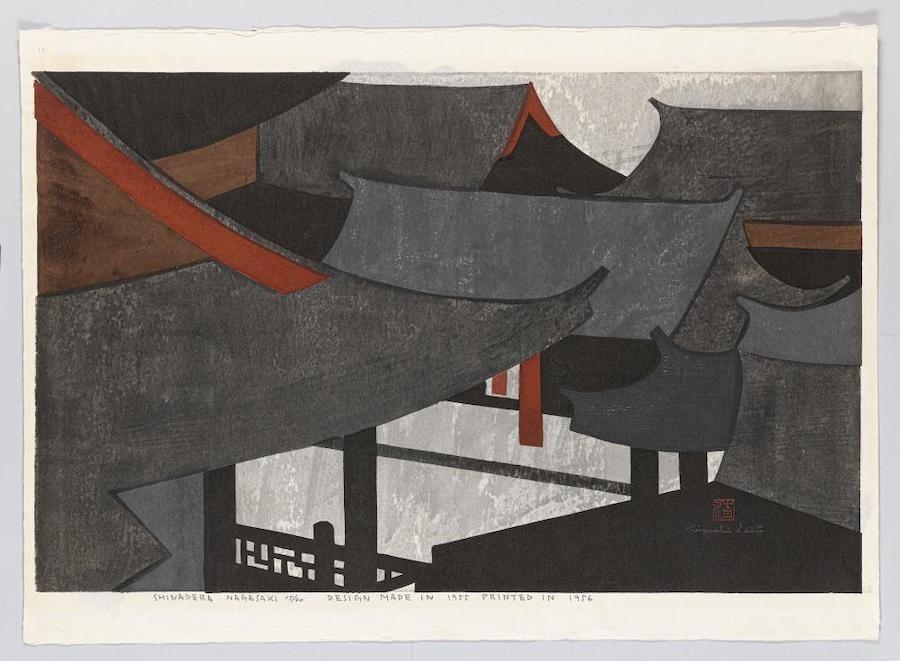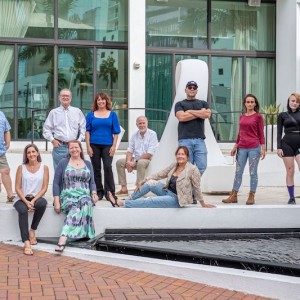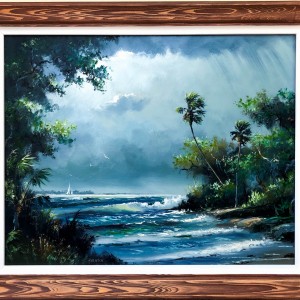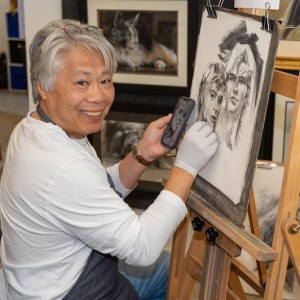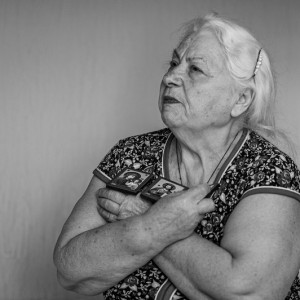The Ringling Showcases Comprehensive Saito Kiyoshi Collection
Arts & Culture
SRQ DAILY FRIDAY WEEKEND EDITION
FRIDAY JUL 16, 2021 |
BY ANDREW FABIAN
One of the biggest challenges following the end of WWII was the formulation of new diplomatic and cultural ties between Japan and the U.S. How could two hemispheres constructively relate to each other after so much destruction? As Western diplomats and former military leaders took up posts around Japan’s cultural centers, many found an answer in Japan’s newly reawakened arts scene, and with “Graphic Awakening,” The Ringling celebrates the most widely collected artist from this mid-century period, Saito Kiyoshi.
Born in Aizu, Fukushima prefecture in 1907, Saito's career and influences would lead him to become the seminal figure of the sosaku hanga (Creative Prints) movement. The printmaking movement sought to honor Japan’s long history in the medium but diverged in process, with artists now opting for complete control of design, blockcutting and printing. It was a fine arts approach to printmaking influenced largely by greater travel and artistic cross-pollination of Japanese artists and Western artistic traditions. Saito would even end up signing, naming and dating most of his pieces in English.
In terms of his success, Saito found himself in just the right artistic context for a captive audience in post-War Japan. The mid-century modern aesthetic combined with renewed interest in Japanese art meant that he had no shortage of admirers and patrons from abroad. The understated refinement of his prints seemed to complement geometric forms of mid-century furniture and architecture. He would win the Sao Paulo Biennial in 1951 and the Ljubljana Biennial of Graphic Arts in 1957, putting him on the map internationally and helping to reestablish Japan’s printmaking prowess.
The “Graphic Awakening” exhibition in many ways begins in 1953, when Karl and Madira Bickel organized a sosaku hanga exhibition at what is now Art Center of Sarasota. They would eventually donate some of these prints to The Ringling in 1961, including eight by Saitō (all eight are included in the exhibition). Then, in 2014, local collectors Robyn and Charles Citrin donated 100 works from the first half of the printmaker’s career and were motivated to help The Ringling not only celebrate the artist’s prints, but contribute to the scholarly aims of the museum with the first comprehensive English-language monograph of his work.
Including the research and expertise of The Ringling’s own Dr. Rhiannon Paget as well as scholars of Japanese art from around the world, the 200-page “Graphic Awakening” breaks down the aesthetic and historic facets of Saito's work, tracking his evolution from his early impressionistic prints to his ongoing Aizu landscapes, as well as the Mondrian-esque prints depicting Japanese architecture.
As Dr. Paget writes in her foreword, “the variety within his oeuvre, his sublime design sensibility, the breathtaking effects he skillfully coaxed from wood, ink, and paper, and his negotiation of local and international elements continues to sooth and excite the eye.”
“Graphic Awakening” runs through August 15th. The monograph is available for purchase through most book retailers.
« View The Friday Jul 16, 2021 SRQ Daily Edition
« Back To SRQ Daily Archive






